Topics
Four Factors for Ideal Garden Soil Quality
Improving soilTo guarantee a successful garden, you want to try to learn as much as you can about your soil and whether it needs any improvements. Things like pH, soil structure, organic matter content, and even the organisms living in your soil should be taken note of so that you can fine-tune your garden to be fruitful!

In this guide, we break down what the four factors are and provide tips on how to improve soil quality so you can have a healthy garden that thrives!
The Four Components of Quality Garden Soil
1. Soil pH
Soil pH tells us how acidic or basic the soil is.
This is important because most common plants prefer a soil that is fairly neutral - or not too far on the acidic or basic side of the scale.
The pH scale ranges from 0-14 with the lower numbers indicating an acidic pH, and the higher numbers representing a more basic (or alkaline) pH.
Most nutrients are soluble at a pH of 6.2 to 6.8, which means the soil nutrients are more available to plants in this range.
You can obtain a simple soil pH testing kit at your local garden center. It’s easy to use and will help you understand your soil’s pH!
2. Soil structure
Soil structure describes how the soil particles aggregate together to allow for air and water to move through the soil as a whole.
The structure of the soil also plays a part in the emergence of seedlings and root growth. You can learn a little about the structure of your soil so easily!
Go out to your garden and dig a small hole. Are the aggregates that come out in small crumbly bits? If so, this means that you have a good soil structure with room for roots, water, and air to move comfortably.
If you have larger clumps, that’s ok too - just take one of those larger pieces in your hand and apply pressure to see how easily it crumbles. It is a good sign if it breaks under slight pressure.
If it is more difficult to break apart you may be dealing with a soil that is too dense or compact, and you may need to address these issues before planting.
3. Organic matter content
A combination of decaying plant and animal material which, once completely decomposed, is called humus
Organic matter is beneficial in improving soil structure, water and nutrient retention, and creating food for soil microorganisms.
To determine what your soil organic matter status is, you’ll first need to do some observation. Soil will be a rich dark brown color, usually presenting in the surface layers. You could dig and observe the profile view of the walls of a small hole.
If you don’t see much variation between the surface layers and the layers that are 3-4 inches down, you may not be working with much organic matter. You can always send your soil off to a lab to get a more accurate idea of exactly how much is there.

4. Living organisms
Tiny living organisms in your soil play a huge role in the success of your garden.
A teaspoon of soil can contain thousands of microscopic organisms that aid in cycling nutrients through the soil and keeping the soil structure from being too dense.
You can observe the life in your soil by digging a small hole and noticing the movement within. You may see earthworms, beetles, spiders and other insects. If you notice a good amount of the larger organisms it can be a sign that there are plenty of those beneficial microorganisms as well.
Perhaps your soil doesn’t seem to be the quality that you would like it to be. If this is the case, there are ways to amend your soil in order to keep it up to par with your needs. Hopefully these tips on easy soil testing and understanding some factors that affect soil quality will help you to feel more prepared for getting your garden off the ground!
Resources:
Soil and Plant Nutrition: A Gardener’s Perspective
Written by Teresa Chandler


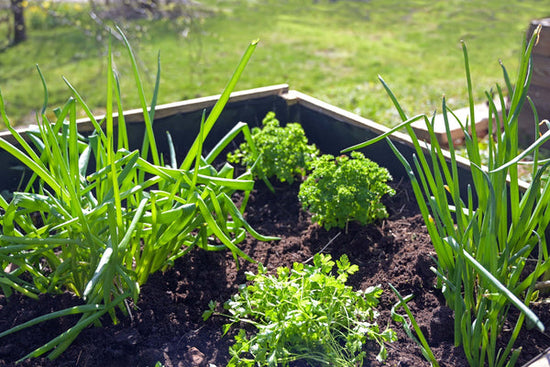



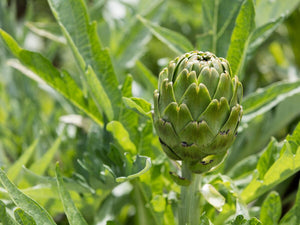
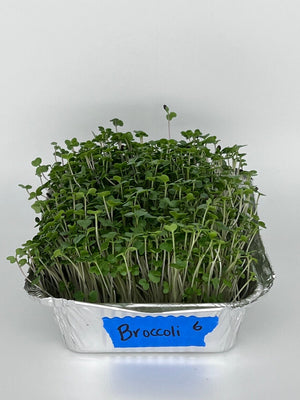
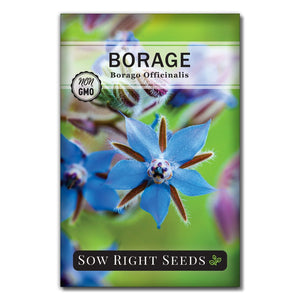
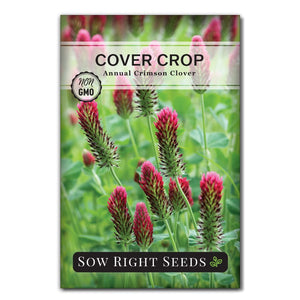
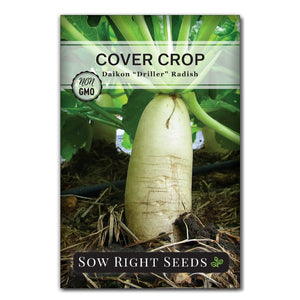
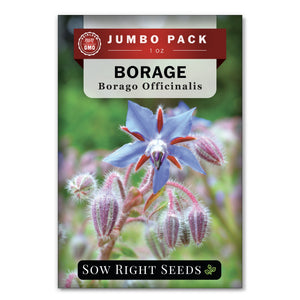
Leave a comment